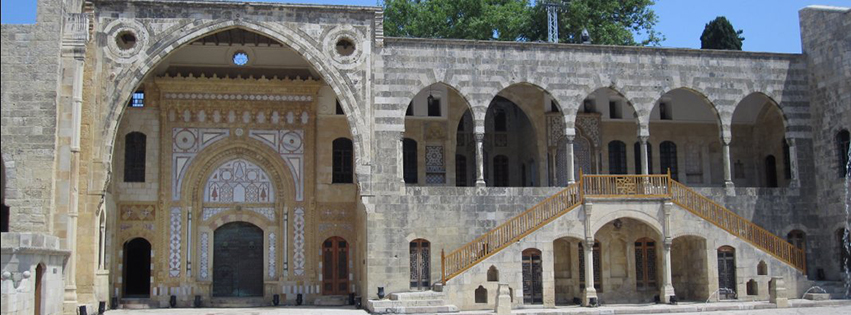
Where Cultures Meet: Three Weeks in Palermo, Sicily
Palermo’s rich multicultural history will be the focus of this program, which will explore questions of identity, religion, and art. It will be centered around the city's extraordinary medieval heritage—gold mosaics, muqarnas ceilings, and lofty Gothic spaces—made and commissioned by people from around the entire Mediterranean and further afield.
Where Cultures Meet aims to understand Sicily’s past (and present) as one of constant migration, travel, conquest, and conversion through the temples, tombs, churches, and palaces of Palermo, Monreale, Cefalù, Agrigento and Piazza Armerina. We will admire one of the largest archeological sites in the world in the so-called Valley of the Temples (Agrigento), and consider the long-lasting impact of Greek culture, thought, and architecture on the people who lived in the Mediterranean. We will visit the massive countryside Villa Roman del Casale (Piazza Armerina) and see its extensive Roman floor mosaics, with their depiction of hunts, sport and episodes from myth and Homeric poems.
In Palermo, we will consider how the city's Muslim past is alive and brimming with contradictions, even though its material remains are few and far between. Most of what survives, in fact, dates to the Norman period, during which the Christian rulers had to balance the needs and wants of the island’s Greek and Latin Christian, Jewish, and Muslim population. From the Cappella Palatina’s extraordinary muqarnas ceiling, made by artists from Cairo, to the earliest depiction of English saint Thomas Becket in Monreale, Palermo’s history reflects, engages, and articulates the people who came, went and stayed.
The American University in Cairo was founded in 1919 by Americans devoted to education and service in the Middle East. Founding president, Dr. Charles A. Watson, wanted to create an English-language university based on high standards of conduct and scholarship and to contribute to intellectual growth, discipline, and character of the future leaders of Egypt and the region, as well as to improve America's understanding of the area. Today, AUC is a leading intellectual center in the Middle East and North Africa. AUC balances a strong commitment to liberal education with a concern for the region's needs for practical applications and professional specializations and its strong commitment to fostering understanding across world regions, cultures and religions.
American University of Sharjah
American University of Sharjah (AUS) was founded in 1997 as an independent, not-for-profit, English-medium coeducational institution. Although consciously based on upon American institutions of higher education, AUS is also expected to be thoroughly grounded in Arab culture and to be part of a larger process of the revitalization of intellectual life in the Middle East. In its early years, AUS benefited from associations with the American University in Beirut, Texas A&M University, and American University in Washington, D.C. In addition, the great majority of AUS faculty members earned their terminal degrees from institutions in North America. AUS is emerging as a leading comprehensive university in the Gulf, serving students from the region and around the world. Approximately 3,500 students from 18 nations are enrolled at AUS. The AUS campus is located in an Academic Village approximately five miles from Sharjah city.
